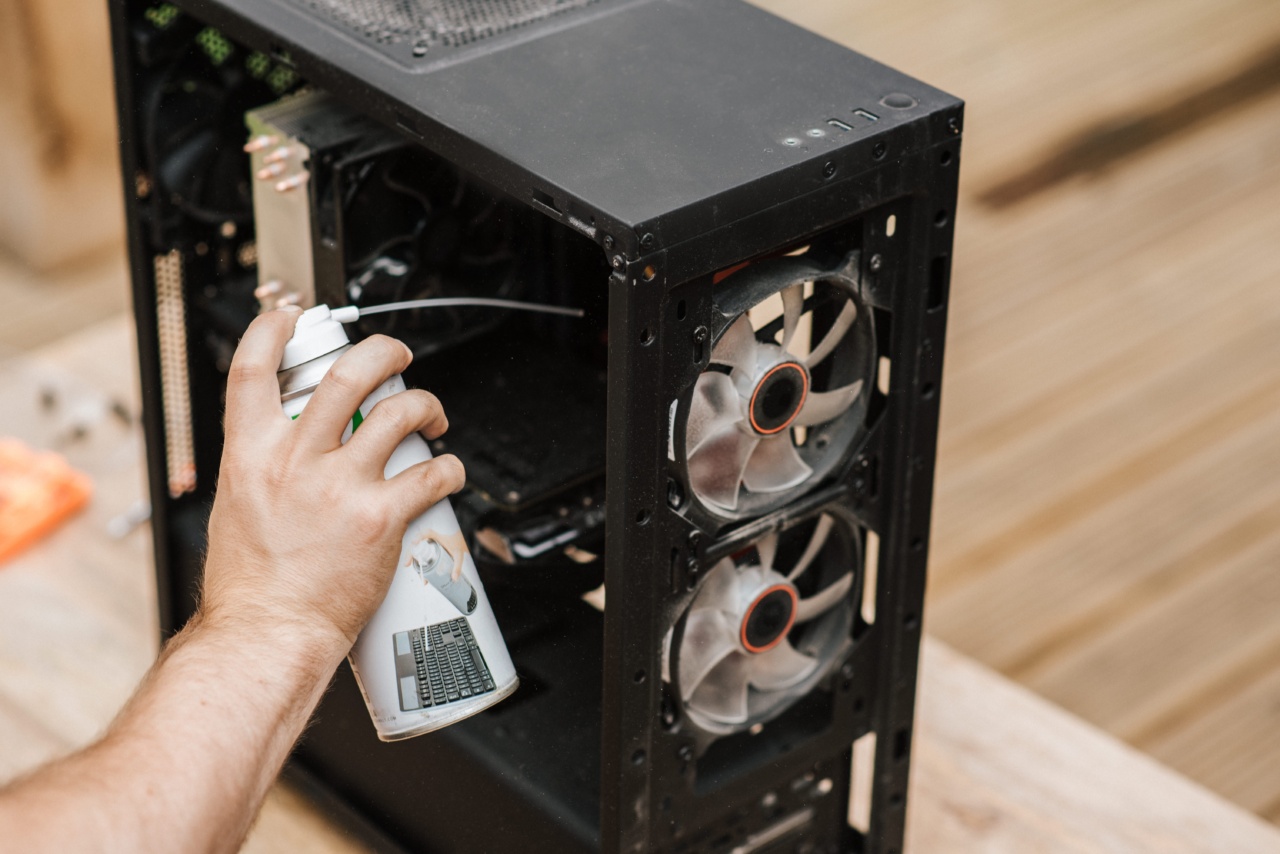Warts are a commonly occurring skin condition caused by the human papillomavirus (HPV). They can appear on any part of the body, but are most commonly found on the hands, feet, and genital areas.
Warts are typically small, rough growths that can be individually or clustered together. While warts are generally harmless, they can be unsightly or cause discomfort, leading many individuals to seek effective removal methods.
Home Remedies for Wart Removal
1. Salicylic Acid:.
Salicylic acid is a popular over-the-counter treatment for warts. It works by softening the skin cells of the wart and dissolving them gradually.
To use salicylic acid, soak the affected area in warm water for about 10 minutes, gently scrub the wart with a pumice stone or emery board, and then apply the salicylic acid solution. Repeat this process daily until the wart disappears.
2. Duct Tape:.
Although it may sound unconventional, using duct tape for wart removal has gained popularity due to its simplicity and effectiveness. Simply cover the wart with a small piece of duct tape and leave it on for six days.
After six days, remove the tape, soak the area in warm water, and gently exfoliate the dead skin with a pumice stone. Repeat this process until the wart is gone.
3. Apple Cider Vinegar:.
Apple cider vinegar is a natural remedy that has been used for various ailments, including wart removal. Soak a cotton ball in apple cider vinegar and apply it directly to the wart. Secure the cotton ball in place with a bandage and leave it overnight.
Repeat this process daily until the wart vanishes.
4. Tea Tree Oil:.
Tea tree oil is known for its antibacterial and antiviral properties, making it an effective treatment for warts. Apply a few drops of tea tree oil directly to the wart and cover it with a bandage.
Reapply the oil and replace the bandage daily until the wart is gone.
5. Garlic:.
Garlic contains compounds with antiviral properties that can help eliminate warts. Crush a garlic clove and apply it directly to the wart, securing it with a bandage. Leave it overnight and repeat this process until the wart disappears.
Medical Treatments for Wart Removal
1. Cryotherapy:.
Cryotherapy involves freezing the wart using liquid nitrogen. The freezing temperature destroys the wart tissue, causing it to fall off. Cryotherapy may require multiple sessions depending on the size and location of the wart.
2. Electrosurgery:.
Electrosurgery is a procedure in which an electric current is used to burn or cut off the wart. This treatment is usually done in a doctor’s office under local anesthesia.
Electrosurgery is effective for larger warts or those resistant to other treatments.
3. Laser Surgery:.
Laser surgery is another option for removing warts. It involves using an intense beam of light to destroy the wart tissue. Laser surgery is commonly used for larger or stubborn warts.
4. Cantharidin:.
Cantharidin is a chemical compound derived from blister beetles. It is applied to the wart, causing a blister to form underneath the wart. The dermatologist can then remove the dead wart tissue.
5. Immunotherapy:.
Immunotherapy involves stimulating the body’s immune system to target and destroy the wart. This can be done through the use of topical medications or injections.
Preventing Warts
While warts are contagious and can easily spread from person to person, there are several preventive measures that can be taken to reduce the risk of acquiring them.
– Avoid touching warts on yourself or others.
– Keep hands clean and dry to prevent warts from spreading.
– Do not share personal items such as towels, razors, or socks with individuals who have warts.
– Wear flip-flops or sandals in public areas like locker rooms or pools.
– Maintain good overall hygiene and a strong immune system.
Conclusion
Warts can be pesky and bothersome, but various effective removal methods exist. Home remedies such as salicylic acid, duct tape, apple cider vinegar, tea tree oil, and garlic can be tried for mild cases.
However, medical treatments like cryotherapy, electrosurgery, laser surgery, cantharidin application, and immunotherapy are more suitable for severe or persistent warts. Remember, prevention is key, so take necessary precautions to minimize the risk of getting warts and practice good personal hygiene.






























